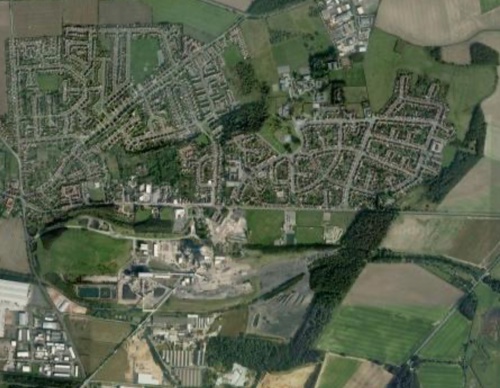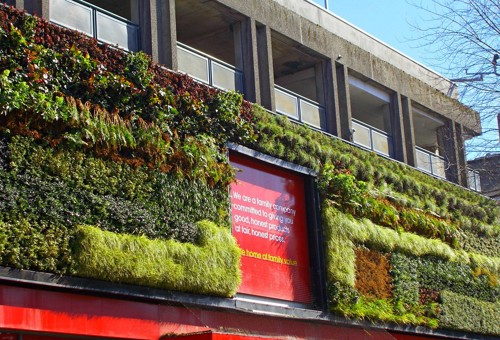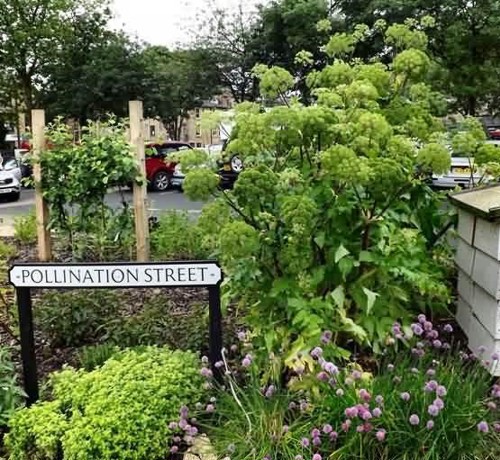Welcome to the second in a series of blogs about the Harworth and Bircotes Masterplan. I hope these will help to explain some of the visions and ideas we have for the Town Centre and provide a few more details about Masterplan itself.
This week we are looking at the concept of the ‘Green Heart of Harworth’. Early in the development of ideas for the Masterplan I noticed that there is a lot of green space, woodlands and trees close to the Town Centre.
Whether this is undeveloped land or previously occupied sites, the natural world is a close neighbour with a local wildlife site just a stone’s throw away from the main high street. Green routes also radiate from the Town Centre linking to the residential areas and countryside. These green areas need care and maintenance and they could be improved to support habitats and ecology, whilst also making them more attractive for community use.
There are also wet areas to the north of the town centre that could be expanded to create wet woodland, which is a rare and valuable habitat.

Harworth and Bircotes – Some of the woodland areas are identified on historic maps predating much of the development in the Twentieth Century
Greenspaces and routes are important for health and wellbeing, allowing exercise and healthy travel choices. Additionally, it is becoming increasingly clear that contact with nature supports good mental health.
The Harworth and Bircotes Neighbourhood Development Plan has already identified the “Green Wheel’ around the Town Centre. The Masterplan would seek to connect the green spaces we have identified in the town centre with this route.

The Harworth Wheel
Within the Town Centre there are already street trees and there are opportunities for more tree planting through the Masterplan and the re-development of sites. In addition to this there are opportunities to establish green roofs and walls on new and existing developments to improve air quality, reduce surface water run-off and reduce summer temperatures. With an increase in extreme weather events and flooding, these measures are a smart response to climate change.

"Sutton, Surrey, Greater London - Green Wall in the sun" by tonymonblat is licensed with CC BY-SA 2.0.”
There could also be an opportunity to grow food in either formal allotments or in community growing spaces within the Town Centre. Local food growing provides many benefits including supporting physical and mental health and wellbeing and reducing food miles.
The produce that is cultivated could also be shared within the community or donated to food banks, providing a low-cost source of nutritious food. A great example of local food production within an urban environment is Todmorden on the border of Yorkshire and Lancashire, where for a number of years spare land has been used to grow fruit, vegetables and herbs.

As the Town Centre changes in character, there may be opportunities to create green jobs based on local food production and the care and maintenance of the green infrastructure. Education and training opportunities could be created, providing opportunities for a wide variety of people.
We are keen to hear what you think of these ideas in the context of the Town Centre Masterplan. If you have ideas for green initiatives or projects that could help to deliver this vision please let us know through the consultation.
Timothy David Crawshaw MA MRTPI FRSA is an International Planning and Development Consultant in the areas of urban design, planning, green infrastructure, energy efficiency and sustainable transport.
With experience in Eastern Europe, Africa and the Middle East, alongside an expanding UK practice, he has a specific interest in the role of the nature based approaches to addressing the climate emergency, alongside improving health and wellbeing outcomes and tackling inequality.
Timothy is an experienced lecturer, trainer and facilitator with a passion for community development, and he continues to champion the role of planning as a key part of the solution to the challenges of our times. Timothy is currently the Chair of the Tees Valley Nature Partnership and is the Vice President of the Royal Town Planning Institute.
Last Updated on Wednesday, February 19, 2025